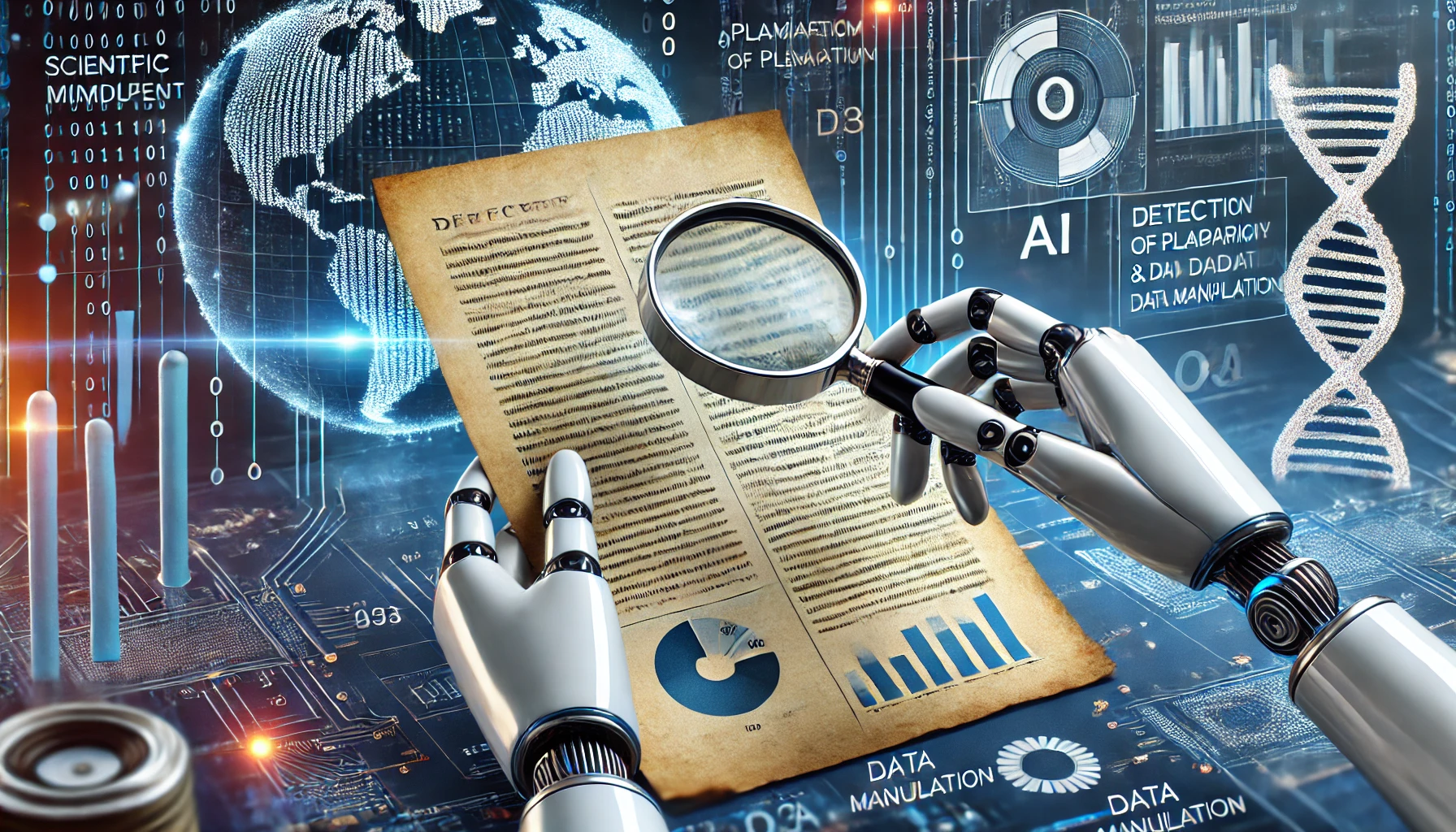In recent years, artificial intelligence (AI) has become an invaluable tool for detecting scientific misconduct, including plagiarism and data manipulation, in academic research. As the number of published studies grows exponentially, maintaining research integrity has become an increasingly complex challenge. AI is stepping in to help ensure transparency and uphold standards within the scientific community.
AI-powered software, such as plagiarism detection tools, is already making a significant impact by scanning vast databases of scientific literature for similarities and instances of duplicated text. These tools can quickly identify instances where authors may have copied and pasted sections of previous works without proper attribution, which is a growing concern as academic fraud becomes more prevalent.
In addition to plagiarism detection, AI is being used to detect image manipulation—a type of misconduct that has caused major scandals in the past. Image-editing software like Photoshop can be easily used to falsify data, making it difficult for human reviewers to spot discrepancies. AI-based algorithms, however, can automatically flag inconsistencies in images by comparing them to known databases of valid scientific images, helping to catch manipulation that might otherwise go unnoticed.
One of the key advantages of using AI in detecting misconduct is its ability to analyze large datasets with unprecedented speed and accuracy. With the growing volume of academic papers published globally, manual peer review and audits can no longer keep pace. AI's efficiency allows for much broader and faster identification of potential issues, improving the overall rigor of the research process.
However, experts caution that AI is not a perfect solution. While it can flag suspicious patterns or anomalies, it is not infallible and requires human oversight to interpret the results accurately. False positives, where legitimate research is flagged as potentially fraudulent, can occur, which is why experts recommend using AI as a complementary tool rather than a replacement for traditional methods of investigation.
Despite these challenges, AI's role in scientific misconduct detection is growing. Some universities and publishers have already started integrating AI tools into their peer-review systems, providing researchers with an additional layer of scrutiny and enhancing the credibility of scientific findings.
As the AI-driven detection of scientific misconduct continues to evolve, it promises to play a critical role in safeguarding the integrity of academic research. By streamlining the process and making it more reliable, AI could reshape the landscape of scientific publishing, ensuring that future breakthroughs are built on a foundation of trust and honesty.
